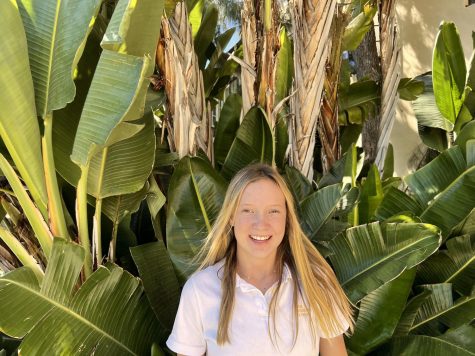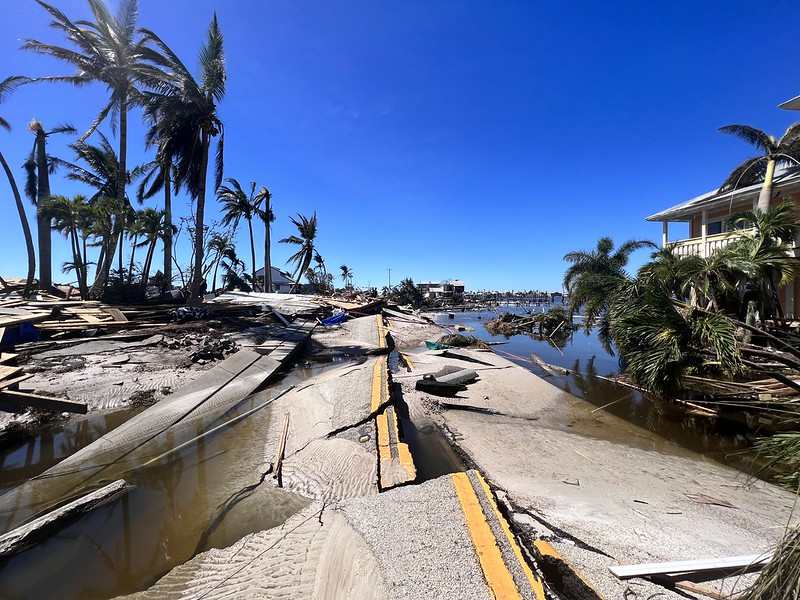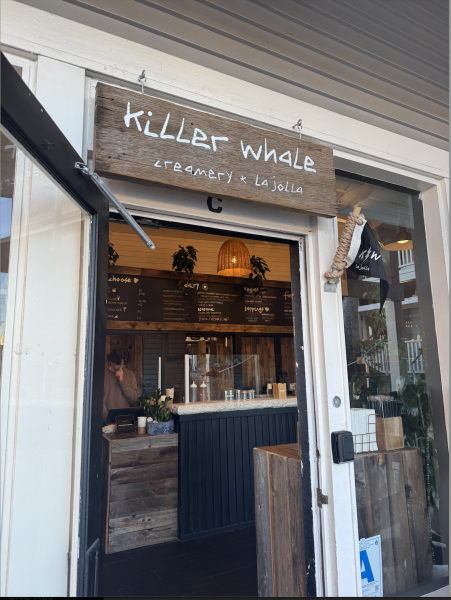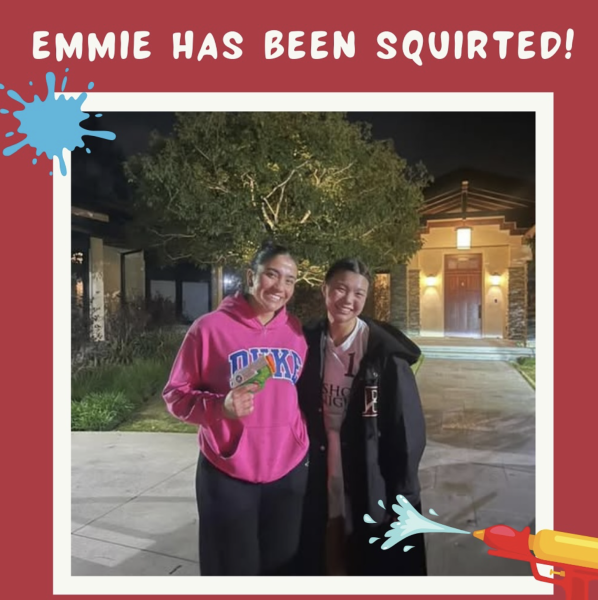Rebuilding Florida
After Hurricane Ian wiped away most of coastal Florida, residents face the long-lasting trauma and rebuilding process.
Debris and trash line the sides of the damaged roads in Fort Myers, FL, the streets specifically affected by the deadly Hurricane Ian.
On Wednesday, September 28, 2022, Hurricane Ian ripped through the southwestern coasts of Florida containing winds up to 150 mph, flooding up to 12 feet, and weather strong enough to destroy neighborhoods and communities. What many residents thought “was a powerful Category 4 storm” was “just a few miles per hour shy of a Category 5.” Teenagers like Lisbon Ziegler (‘23) described the videos posted on TikTok to be “more jarring than any simple statistic concerning the hurricane” as Florida residents were forced to evacuate their homes.
Before the storm actually hit the United States, weather forecasters expected it to target Tampa Bay. When Ian unexpectedly hit Fort Myers and the surrounding areas, residents had little time to prepare and evacuate. As of the beginning of November, houses, boats, cars, and many personal belongings line roads and neighborhoods waiting to be cleaned up. This damage will take years for Florida homeowners to finally get back on their feet after the deadly hurricane. Fortunately, with a storm like this through social media, people can get better insight than ever before into how to effectively prepare for hurricanes before they hit land.
The National Ocean Service describes a hurricane is a “rotating, organized system of clouds and thunderstorms that originates over tropical or subtropical waters and has closed, low-level circulation” caused by a certain pressure in the middle of the ocean creating waves and built-up precipitation in the clouds to strike the land with heavy rainfall, intense winds, flooding, and rip currents. Because hurricanes start in the middle of the ocean, forecasters find it difficult to directly track the path and intensity the storm will take. For this same reason, forecasters originally predicted Hurricane Ian to hit Tampa Bay and the surrounding cities. However, Tampa Bay experienced little damage and Lee County suffered the most destruction of all the counties.
Ryan Hohl, a Bishop’s family member of junior Reagan Kilber, experienced the hurricane firsthand. The storm forced him and his family out of their home in Tampa Bay and he said his family “stored all [their] valuables and bagged all nice clothes in plastic bags and put them in vehicles and parked vehicles in a top level of a parking garage in case of bad flooding.” He and his family evacuated towards Orlando, which turned out to be flooding at some of the highest depths of the whole storm. His family also “prepared and cooked food and gathered coolers to keep cold in case of power going out for extended periods of time” while “making sure to have flashlights” too. Once they knew the eye of the storm stayed away from their home completely, they made their way home to little damage.
While Hurricane Ian impacted Tampa Bay significantly less, the storm caused the most damage to Lee County, Florida. The storm hit Fort Myers and Sanibel Island the hardest, causing the highest number of deaths, a total of 55, and roadways have been swept away by the ocean.
According to CNN, on September 28th, Hurricane Ian washed away five significant sections of the infamous Sanibel Causeway. Originally three miles long, residents of Sanibel Island and the local Florida mainland rely on the toll road to go between places. With the significant damage, residents are unable to cross and get to the island without the help of a boat. Yet, after three weeks of repair, the causeway reopened on October 19, allowing the residents of Lee county to become more hopeful the damage will only take weeks.
In the following days, at the end of September, President Biden declared Hurricane Ian’s impact an “American crisis.” Across the country, teenagers become more and more aware of the tragedies of the damage and impact the hurricane had on Florida residents through the one and only: TikTok. When asked about the impact of these videos, Lisbon mentioned it “made [her] realize how truly severe it was” and “made [her] feel deeper emotions.” For days users from Florida explicitly showed the damage and reality of the storm through the common app for younger generations.
Posting through TikTok forced the public to become more aware and involved in the rebuilding process of Florida counties. This way of communicating about the storm to the rest of the country helped to raise money. For example, the Red Cross helps shelter and provide food for those in need after the damage of the hurricane. In an interview with BBC, a Fort Myers restaurant owner, Cal Bruno, said, “People around here are devastated. But we’ll come together” while he passed out pasta to residents in need.
Residents across the southwestern counties in Florida are starting to financially recover with the help of the country raising money to support the rebuilding process. Following the storm, the Florida governor educated those watching the news that our country has to seriously focus on recovering for a little while. He said, “You’re looking at a storm that’s changed the character of a significant part of our state. This is going to require not just the emergency response now, and the days or weeks ahead; I mean, this is going to require years of effort, to be able to rebuild, to come back.”
Following this briefing, one Florida homeowner, Bill D’Antuono stated, “Everything we knew is different now.” Despite the differences, Florida is heading in the right direction, rebuilding communities and hope. In the future, with social media playing a huge role in educating people around the world about the dangers of weather and how to properly prepare, we can begin to choose the right path to withstand anything a storm throws at us.

Camille Greenlee is a senior and a new staff writer for The Tower. She has hopes of becoming a sports journalist and can’t wait to write stories based...







